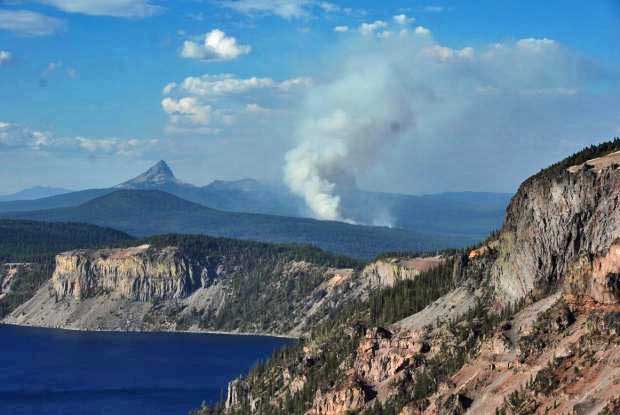Five men who started what became a 38-acre fire near Alfalfa, Oregon in August, 2012 were ordered earlier this year to pay $17,569 to defray a portion of the costs of suppressing the Mayfield Fire. The BLM estimates they spent $88,000 to put out the blaze.
The men pleaded no contest to reckless burning, a Class A misdemeanor. They were identified as Redmond residents Peter Lee, then 31, and Clarence Christy, 32, and Bend residents Albert Sears, 27; William Loving, 25; and Jordon Odell, 25, said Deschutes County sheriff’s Sgt. Vance Lawrence.
They admitted to shooting at Tannerite, an exploding target that is known to have been the cause of numerous wildfires since the dangerous material began to be widely used two years ago. Many areas have banned exploding targets, citing wildfires, injuries, and a death caused by the use of the devices.
Below is an excerpt from an article at KTVZ. The site also has a video report published August 21, 2012 while firefighters were suppressing the fire.
…The BLM said the men admitted to purchasing 50 pounds of Tannerite and had used all but five pounds at the time of the incident.
They had shot about a dozen containers of Tannerite and were placing their targets in a western juniper tree, which ultimately exploded when the Tannerite was detonated.
The BLM said the target shooters also did not follow the recommendations of the Tannerite Company, which recommends using no more than a half-pound of the mixed composition at one time.
The Oregon State Police Explosives unit had to respond to the incident to detonate the mixed but unused portion of Tannerite, which cannot be safely transported once the two chemicals are combined…
Wildfire Today has published numerous articles about the dangers of exploding targets.









